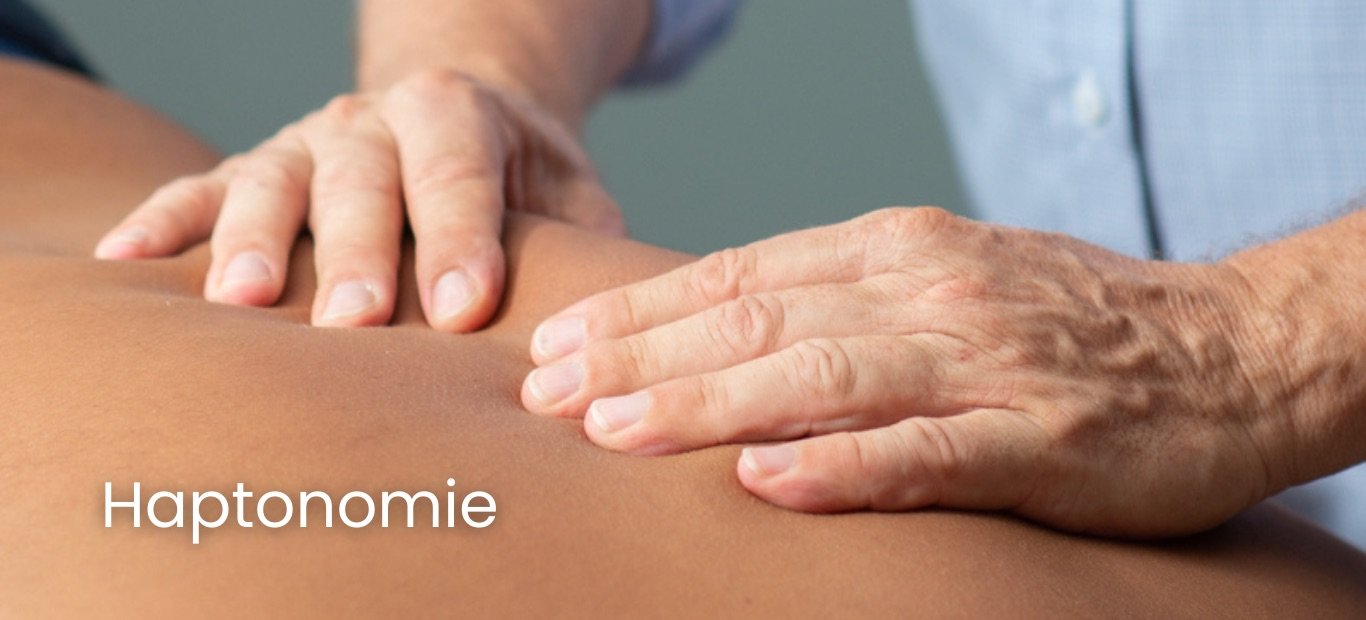Haptonomie, which focuses on affective touch and emotional connection, offers numerous benefits in the field of rehabilitation. By promoting emotional support, improving body awareness, and enhancing recovery processes, Haptonomie plays a crucial role in helping individuals regain their well-being.

Enhancing Emotional Support
Providing Comfort and Reassurance
Haptonomie provides comfort and reassurance through its touch-based techniques. Individuals undergoing rehabilitation often experience anxiety and stress. By incorporating affective touch, Haptonomie creates a soothing environment that helps reduce these feelings. This emotional support is essential for a positive rehabilitation experience.
Building Trust and Rapport
Building trust between patients and healthcare providers is crucial in rehabilitation. Haptonomie fosters this trust through empathetic interactions and supportive touch. Patients feel more connected and secure, which enhances their willingness to engage in the rehabilitation process. This trust contributes to better overall outcomes.
Improving Body Awareness
Enhancing Kinesthetic Awareness
Kinesthetic awareness, or the sense of body movement and position, is vital in rehabilitation. Haptonomie improves this awareness by encouraging individuals to focus on their bodily sensations through touch. This enhanced awareness helps patients understand their movements better and promotes more effective rehabilitation exercises.
Supporting Motor Control
Effective motor control is essential for recovery from physical injuries. Haptonomie supports motor control by using touch to guide and correct movements. This hands-on approach helps patients refine their motor skills and achieve more precise and controlled movements during rehabilitation.
Facilitating Recovery Processes
Accelerating Healing
Haptonomie can accelerate the healing process by reducing stress and promoting relaxation. Stress and tension can hinder recovery, while the calming effects of Haptonomie support faster healing. Through gentle touch and emotional support, individuals experience reduced muscle tension and improved recovery outcomes.
Enhancing Pain Management
Pain management is a critical aspect of rehabilitation. Haptonomie aids in pain management by offering relief through affective touch. The soothing nature of touch helps alleviate pain and discomfort, making rehabilitation more manageable and effective for individuals dealing with chronic pain or injury.
Practical Applications of Haptonomie in Rehabilitation
Integrating Haptonomie into Physical Therapy
Haptonomie can be integrated into physical therapy sessions to enhance rehabilitation. Therapists use touch-based techniques to support exercises, guide movements, and provide emotional encouragement. This integration improves patient engagement and promotes more effective rehabilitation outcomes.
Incorporating Haptonomie in Occupational Therapy
In occupational therapy, Haptonomie aids in enhancing daily functional skills. By focusing on touch and emotional connection, therapists can help patients improve their motor control and body awareness. This approach supports the development of practical skills needed for daily activities and overall rehabilitation.
Case Studies: Successful Implementations
Rehabilitation Centers
Rehabilitation centers that have adopted Haptonomie techniques report improved patient satisfaction and outcomes. Patients experience enhanced emotional support, better pain management, and more effective recovery processes. These success stories demonstrate the positive impact of Haptonomie in various rehabilitation settings.
Sports Rehabilitation
Athletes undergoing sports rehabilitation benefit significantly from Haptonomie. The integration of touch-based techniques helps with pain management, motor control, and emotional support, leading to quicker and more effective recoveries. Success stories from sports rehabilitation highlight the value of Haptonomie in athletic recovery.
Tips for Practitioners
Training in Haptonomie Techniques
Practitioners should seek training in Haptonomie techniques to effectively integrate them into rehabilitation practices. Certified training ensures the proper application of touch-based methods, enhancing their effectiveness in supporting recovery and improving patient outcomes.
Creating a Supportive Environment
A supportive environment is crucial for the success of Haptonomie in rehabilitation. Practitioners should focus on building trust, respecting boundaries, and providing emotional support. A safe and nurturing environment enhances the benefits of Haptonomie and supports successful rehabilitation.
Benefits for Individuals and Healthcare Providers
Patient Well-Being
Haptonomie improves patient well-being by providing emotional support, enhancing body awareness, and facilitating effective recovery. Patients experience reduced stress, better pain management, and more positive rehabilitation outcomes. These benefits contribute to overall well-being and satisfaction with the rehabilitation process.
Healthcare Provider Efficiency
Healthcare providers benefit from Haptonomie by enhancing patient engagement and improving rehabilitation outcomes. The integration of touch-based techniques supports more effective interventions and promotes better patient adherence to rehabilitation programs. This increased efficiency leads to improved overall care and patient satisfaction.
Conclusion
Haptonomie offers substantial benefits in rehabilitation by enhancing emotional support, improving body awareness, and facilitating recovery processes. Practical applications in physical and occupational therapy demonstrate its effectiveness in various rehabilitation settings. Case studies highlight the positive impact of Haptonomie on patient outcomes and satisfaction. By incorporating Haptonomie techniques and creating supportive environments, individuals and healthcare providers can achieve more effective and fulfilling rehabilitation experiences.





I don’t think the title of your article matches the content lol. Just kidding, mainly because I had some doubts after reading the article. https://www.binance.com/es/register?ref=RQUR4BEO